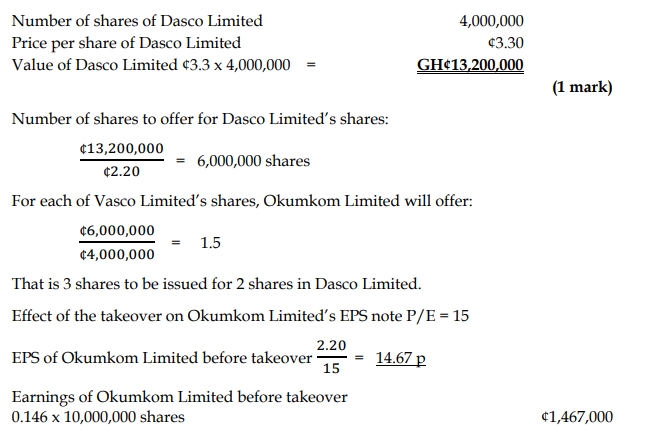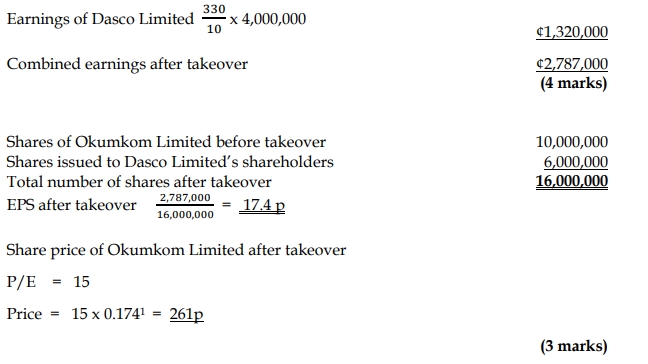- 10 Marks
Question
Recently, some multinational companies have suspended paying dividends. If, as some say, dividends are irrelevant, why have share prices plunged in most of these companies?
Required:
In your answer, outline both dividend policy theory and relevant examples.
Answer
Dividend Policy Theories:
- Residual Theory of Dividend:
- The residual theory suggests that dividends should only be paid after all positive Net Present Value (NPV) investment opportunities have been funded. The focus of management should be on investment decisions, not on dividends. Under this theory, if there are no investment opportunities, the firm may distribute excess cash as dividends.
- Since dividends are seen as a residual, their impact on share price is minimal in this view, making dividends “irrelevant” to shareholders.
- Dividend Irrelevance Theory (Modigliani & Miller):
- According to Modigliani and Miller’s (MM) theory, dividend policy does not affect the value of the firm or shareholders’ wealth, as long as the firm’s investment policy is unchanged. Shareholders can create their own “homemade” dividends by selling a portion of their shares if they need cash.
- MM argue that share price is determined by future earnings and profitability, not by dividend payouts, assuming perfect capital markets, no taxes, and no transaction costs.
- Dividend Relevance (Bird in Hand Theory):
- Gordon and Lintner argue that dividends are preferred to capital gains because they are more certain (the “bird in the hand” argument). Investors prefer to receive dividends now rather than rely on uncertain future capital gains, leading to a higher valuation for firms that pay dividends regularly.
- According to this theory, when dividends are suspended or reduced, investors might perceive the company as less stable, leading to a drop in share price.
- Signaling Theory:
- Dividends can serve as a signal to investors about a firm’s future prospects. A stable or increasing dividend is often interpreted as a sign of strong future earnings. Conversely, when a company suspends or cuts dividends, it may signal to investors that the firm is facing financial difficulties or expects lower future profitability, resulting in a decline in share price.
- This signaling effect helps explain why share prices tend to plunge when dividends are suspended.
- Clientele Effect:
- Different groups of investors, or clienteles, have preferences for dividend-paying stocks versus non-dividend-paying stocks. For example, retirees and institutional investors often prefer regular dividend payments to provide stable income. When a company suspends its dividends, it may alienate this group of investors, causing them to sell their shares and driving down the share price.
Why Share Prices Plunge When Dividends are Suspended:
- Investor Expectations: Investors often expect stable dividends from multinational companies. The suspension of dividends creates uncertainty about the company’s financial health, which leads to negative market reactions.
- Signaling Financial Stress: When dividends are cut or suspended, investors may interpret this as a sign of financial distress, which can lead to a sell-off in shares and a significant drop in share price.
- Preference for Dividends: Many investors, particularly income-seeking investors, rely on dividends. When dividends are suspended, they lose confidence in the company, leading to a decline in demand for the stock, which causes the price to drop.
Example:
- A well-known case is when companies like General Electric (GE) reduced dividends during financial crises. The cut in dividends sent negative signals to the market about the company’s performance and financial stability, which resulted in a sharp decline in its share price.
(10 marks)
- Tags: Dividend Policy, Dividend relevance, Share Price, Theories of Dividend
- Level: Level 3
- Topic: Dividend policy in multinationals and transfer pricing
- Series: MAY 2018
- Uploader: Theophilus




